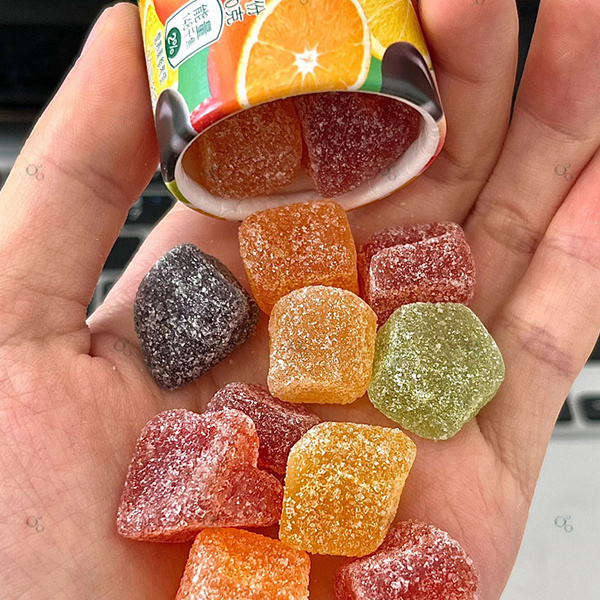Sugar coated gummy
Classification:
Related Machinery
Details
What Is Sugar Coating for Gummies?
Why Sugar-Coat Gummies?
1. Boosts Visual Appeal
2. Creates Delicious Texture Contrast
- For a slight crunch: Some manufacturers pair sugar with a thin wax layer, creating a gently crisp outer shell that gives way to the soft gummy inside.
- For a subtle roughness: Plain sugar granules add a tiny, pleasant texture that makes each bite more engaging—avoiding the “too-smooth” feel of uncoated gummies.
3. Extends Shelf Life & Prevents Stickiness
Join Our Newsletter
COOKIES
Our website uses cookies and similar technologies to personalize the advertising shown to you and to help you get the best experience on our website. For more information, see our Privacy & Cookie Policy
COOKIES
Our website uses cookies and similar technologies to personalize the advertising shown to you and to help you get the best experience on our website. For more information, see our Privacy & Cookie Policy
These cookies are necessary for basic functions such as payment. Standard cookies cannot be turned off and do not store any of your information.
These cookies collect information, such as how many people are using our site or which pages are popular, to help us improve the customer experience. Turning these cookies off will mean we can't collect information to improve your experience.
These cookies enable the website to provide enhanced functionality and personalization. They may be set by us or by third-party providers whose services we have added to our pages. If you do not allow these cookies, some or all of these services may not function properly.
These cookies help us understand what you are interested in so that we can show you relevant advertising on other websites. Turning these cookies off will mean we are unable to show you any personalized advertising.
We will provide you with the most professional advice




















